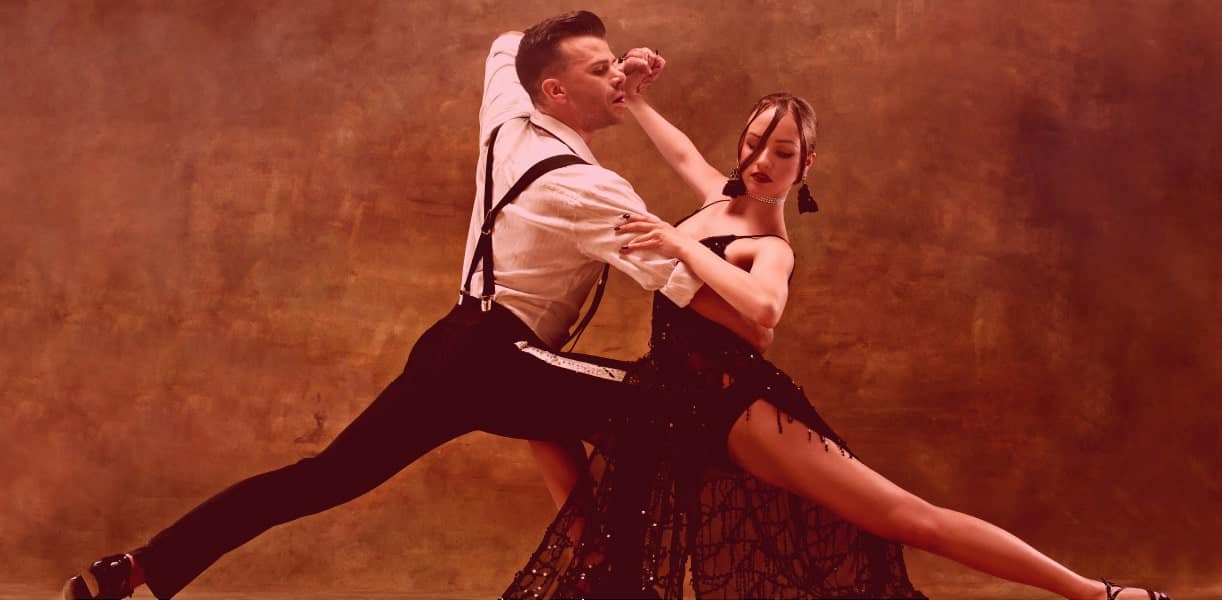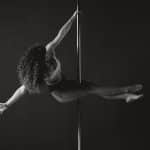A mixture of passion, sensuality, nostalgia, and melancholy, the tango is the dance of Argentina and, more specifically, Buenos Aires. Every child learns it; every couple knows it. The dance emerged from the poor immigrant quarters of the capital at the end of the 19th century, from a combination of the Spanish tango and the milonga, a sensual and risqué Argentine dance. It gained mainstream acceptance throughout Argentina only after becoming a craze in fashionable European society. In the 1920s, lyrics to the once happy tango became deeply melancholic.
It depends on so many different things such as how often you go to class, how you apply yourself, how good your teacher is, how good the other people you practice with are, what you’re overall goal is and so on. It is a question which is therefore difficult to answer simply.
Many tango schools label people as beginners, improvers, intermediates etc. based on calendar duration of dancing tango rather than capability. In my humble opinion all tango dancers (including myself) who are not raw beginners are improvers, because…
It is important to remember that most people don’t ‘get it’ on the first run through of new material, new technique, or trying to improve musicality. Or some people ‘get it’ in an intellectual way (i.e. they understand what’s required) but they still can’t perform it well without a lot of practice.
So when you go to any class and learn new material, don’t be too hard on yourself if you don’t get it quickly, and certainly ignore anyone around you who is showing impatience because you don’t get it quick enough to suit them.
Just think about what you need to practice to improve that element of your dance, find a patient enough person to practice with, and keep practicing.


